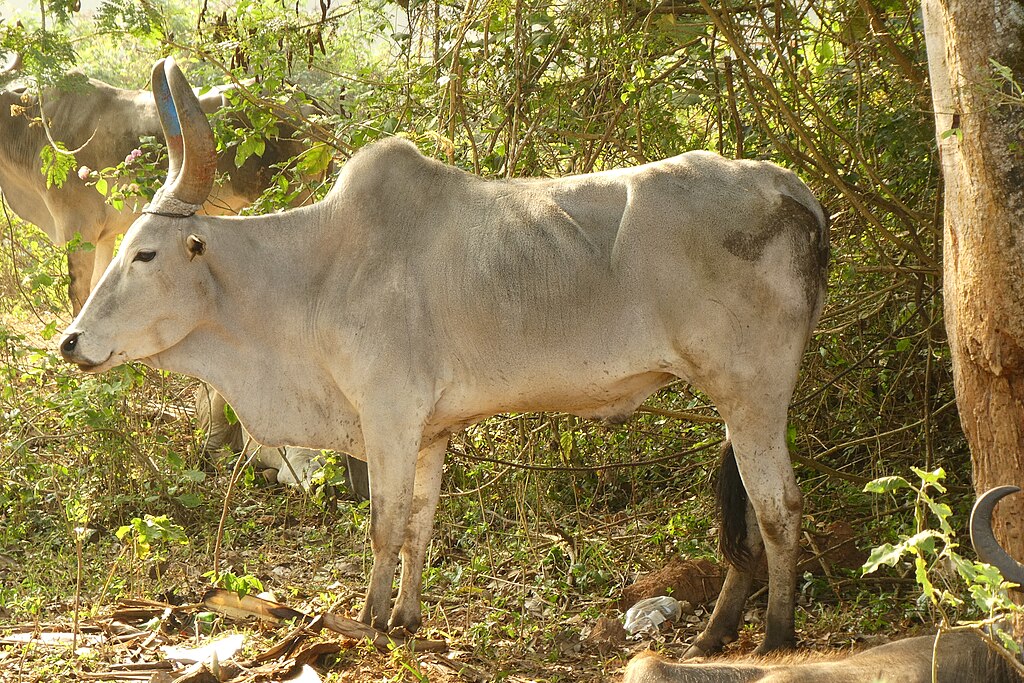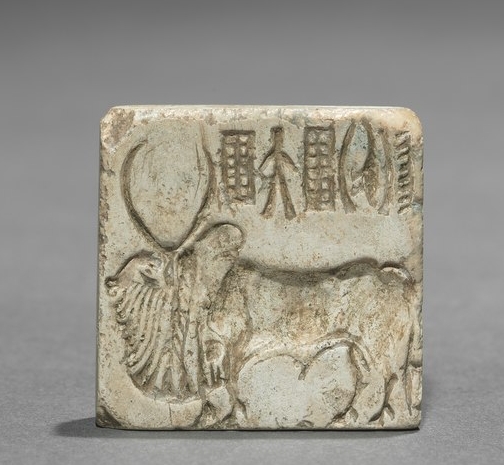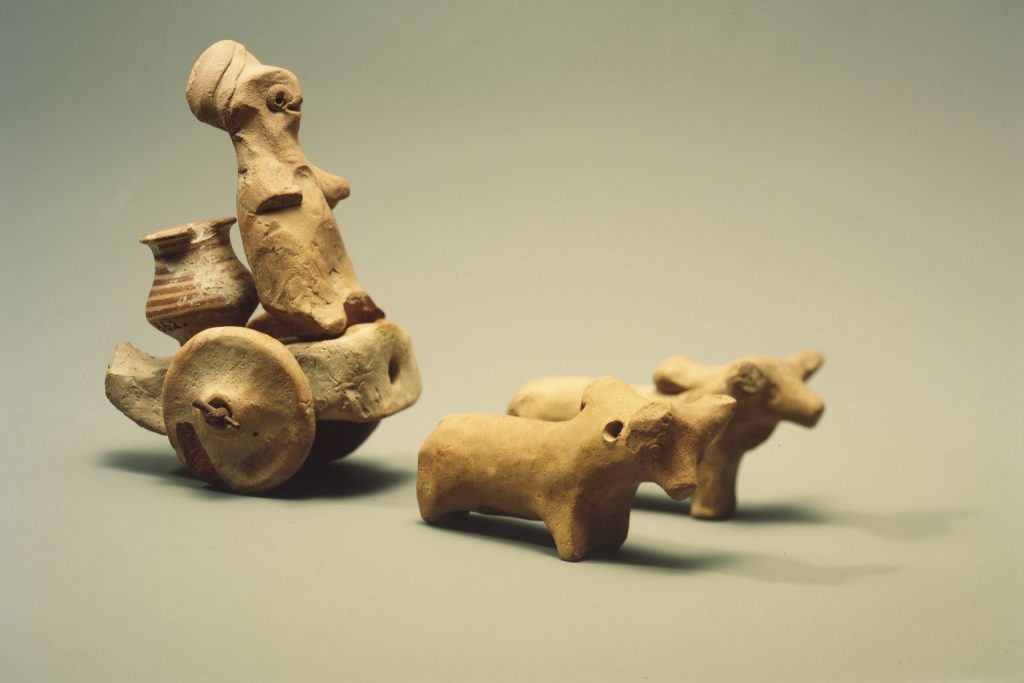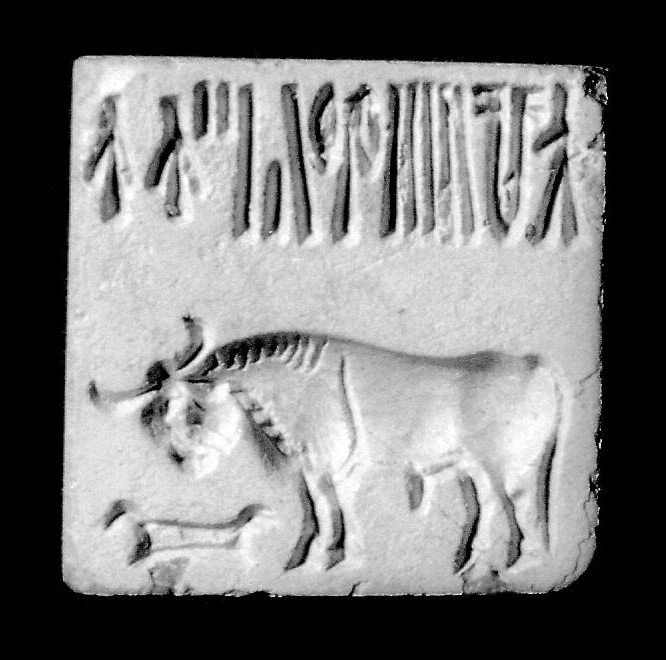The subject of archeology is the study of people who lived long ago in the light of their objects. However, humans have always had animals in their environment. Questions about these animals can be answered by examining the animal bones discovered at archaeological sites. In addition, the various depictions of animals reveal a lot about the relationship between humans and animals.

One of the most important domestic animals of the Indus Civilisation was the zebu, or humped cattle. This can be determined not only from the large number of animal bones discovered at the sites, but its importance is also revealed by its regular pictural representation. Zebu depictions are often found on the surface of large-sized seals. Its curved horns and its hump can be clearly seen on the side view.

(© The Cleveland Museum of Art)
Humped cattle often appear as clay figurines. These objects might have stood on their own, or they could have belonged to a terracotta model cart. The two-wheeled bullock cart is still an important means of transportation in the villages of South Asia.

(© Brooklyn Museum)
In addition to the bull with the hump, we also come across depictions of the bull without the hump. The water buffalo is a characteristic animal of South Asia, which was also well known to the inhabitants of the Indus Civilisation. Other animals include sheep, goats and dogs.

(© The Trustees of the British Museum)
The horse bones identified by Sándor Bökönyi provided an important argument for the presence of the domesticated horse in the Indus Valley. However, the debate surrounding the domesticated horse has not yet been irrefutably resolved.
Source of images:
1: https://commons.wikimedia.org/wiki/File:Kerala_Zebu.jpg
2: https://www.clevelandart.org/art/1973.160
3: https://www.brooklynmuseum.org/opencollection/objects/47279
4: https://www.britishmuseum.org/collection/object/A_1947-0416-7


